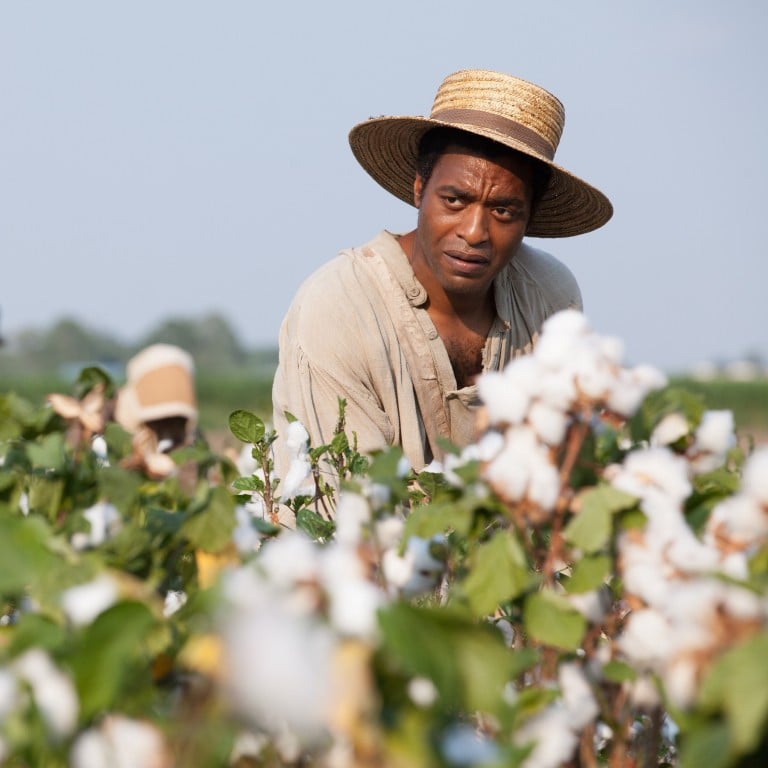
How Steve McQueen’s Oscar-winning 12 Years a Slave made a statement by not giving viewers ‘the chance to look away’ upon its release 10 years ago
- Steve McQueen’s adaptation of Solomon Northup’s 1853 memoir of a free man sold into slavery won three Academy Awards and made history when it came out in 2013
- Featuring Chiwetel Ejiofor and Lupita Nyong’o, the film went out of its way to make viewers watch as it showed the brutalisation of African Americans
Some films make history, others change it. Steve McQueen’s 12 Years a Slave (2013) is one of the few that can claim to have done both.
Created by a largely British team, and released in the UK 10 years ago this month, it won three Oscars, including for best picture, making McQueen the first black filmmaker to receive the award.
As a young man, McQueen’s father had worked as an orange picker in Florida, in the United States, surviving a racist attack that saw two of his associates murdered.
McQueen grew up in London, becoming an acclaimed artist, and his first films, Hunger (2008) and Shame (2011), dealt directly with different kinds of suffering and injustice.
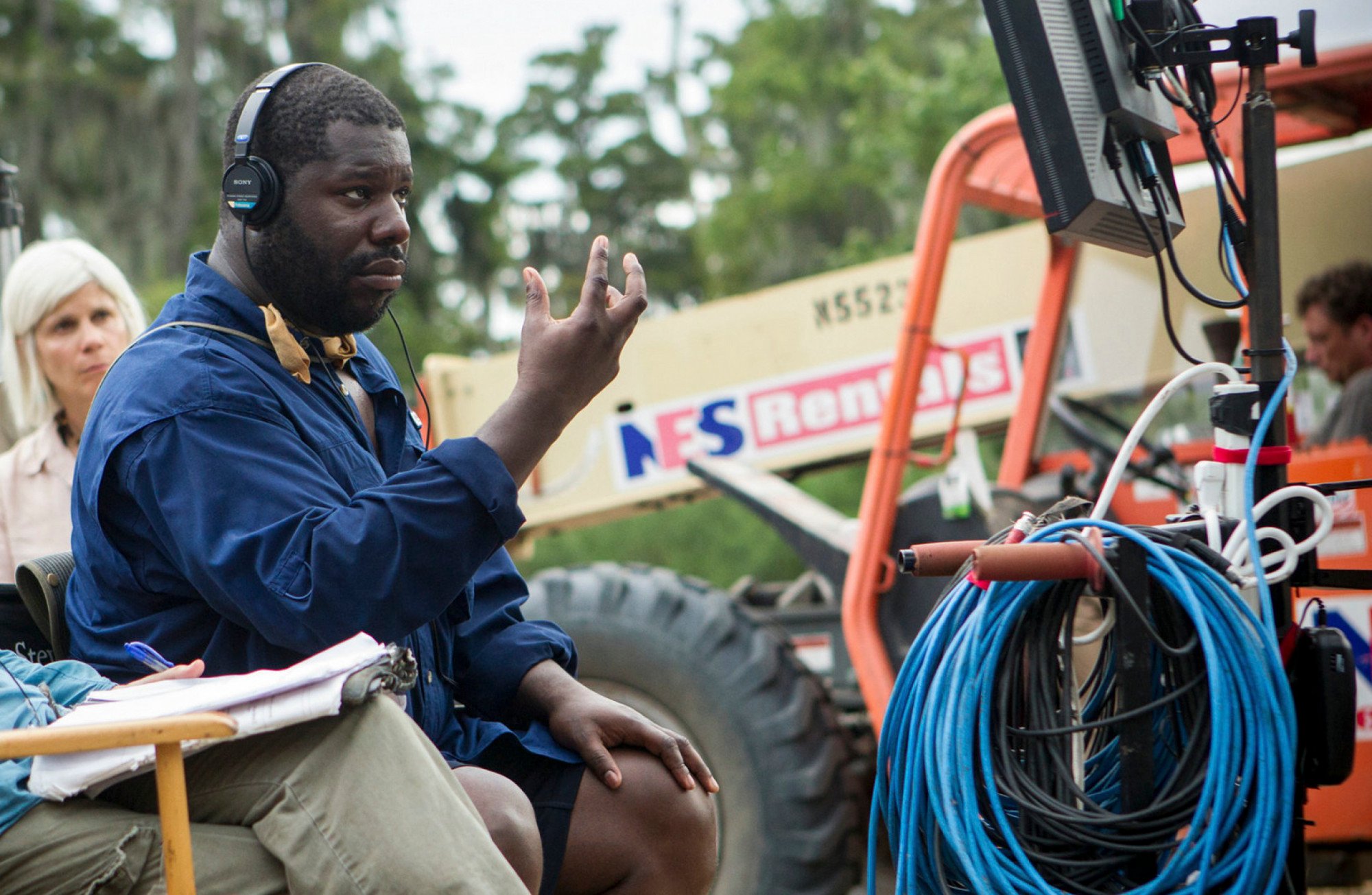
Northup’s story is extraordinary – mostly because he lived to tell it – exposing the workings of the American slave trade from within.
In 1841, Northup (played in the film by British actor Chiwetel Ejiofor) was a free man living in Saratoga Springs, New York, with his wife, Anne (Kelsey Scott), and children, and making a living as a violinist.
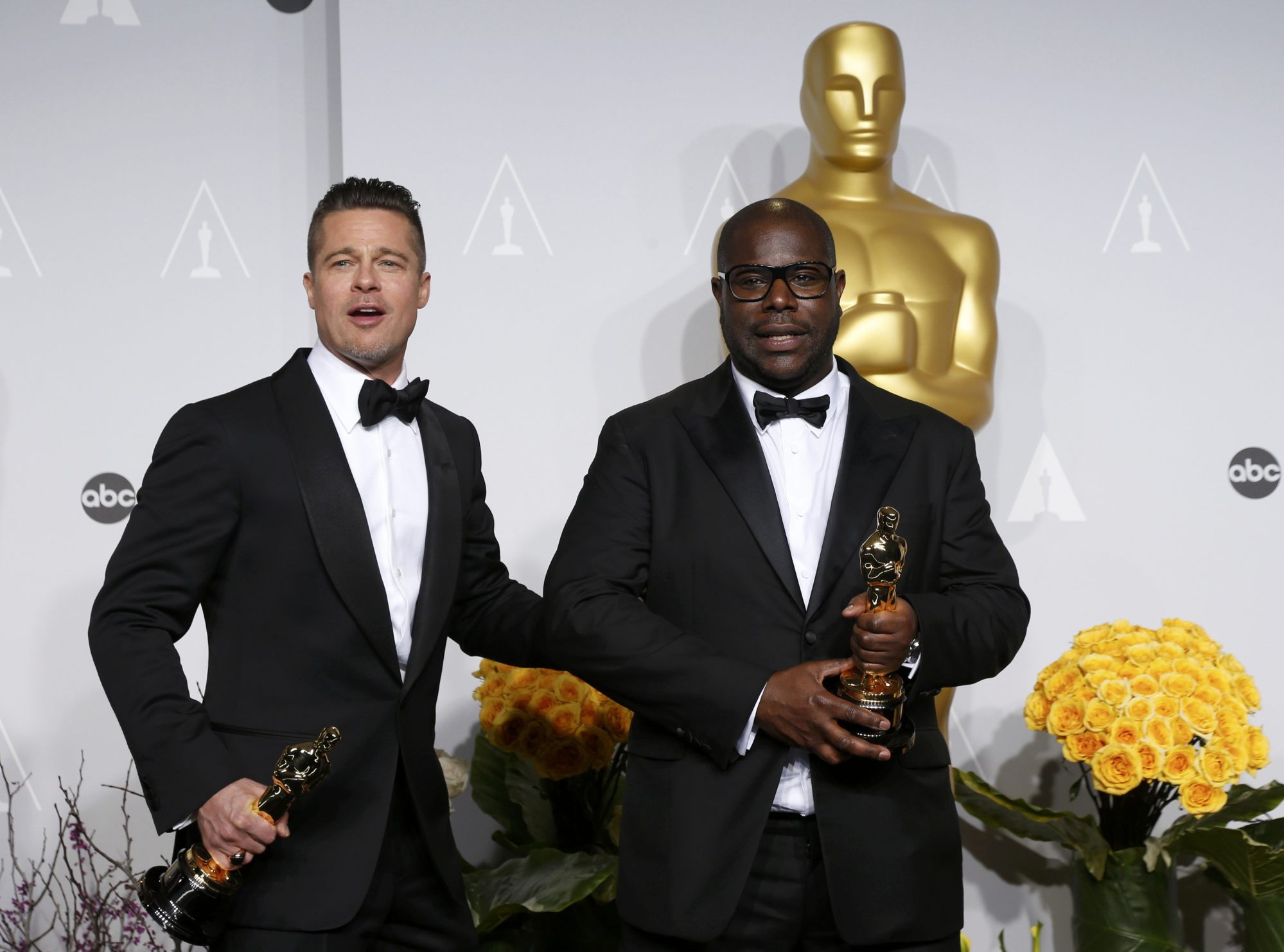
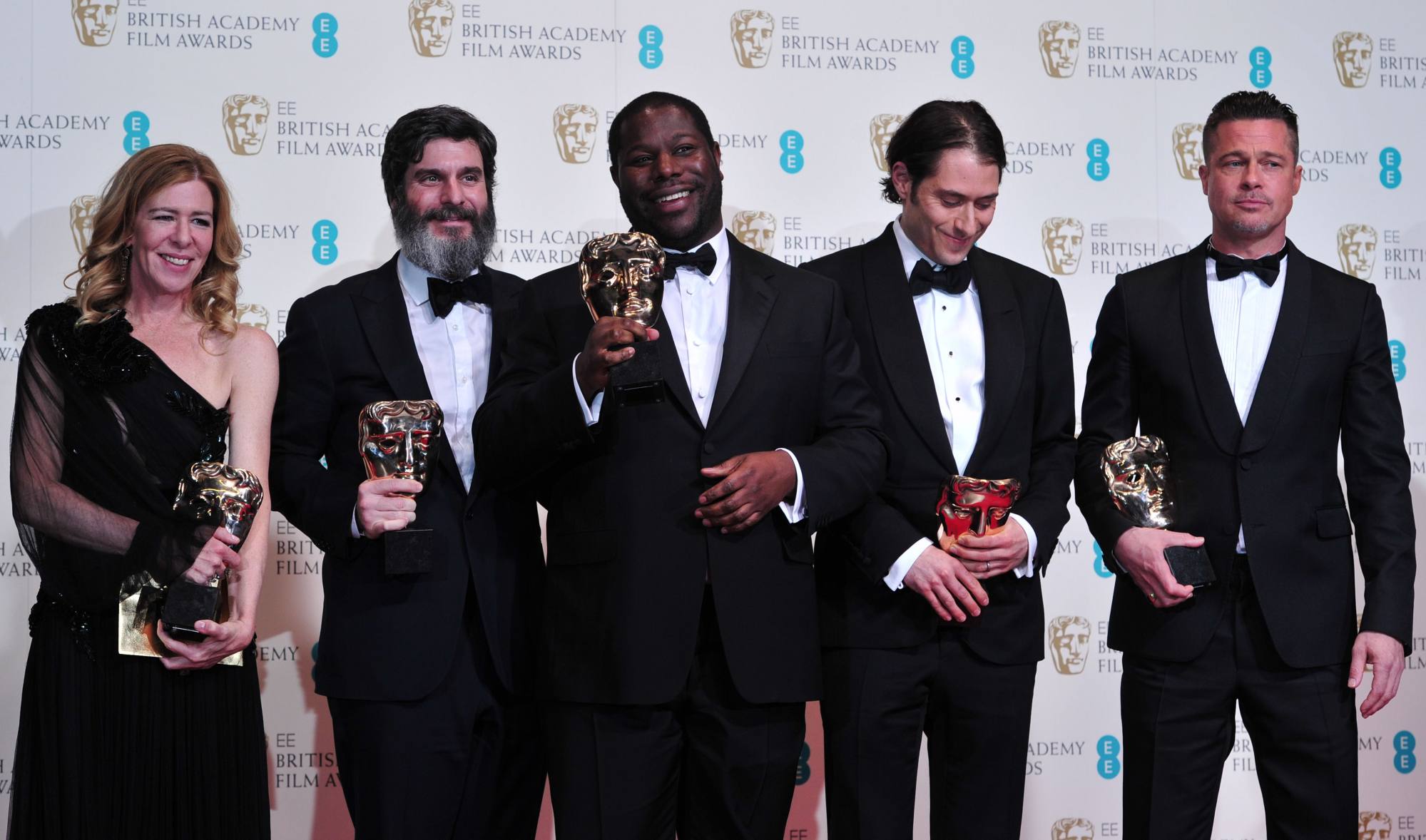
Eventually, with the help of a sympathetic carpenter (Brad Pitt, who also co-produced), he contrived his own escape, although no one was ever convicted for their crimes against him.
Shooting took place on four former plantations near New Orleans in temperatures of more than 40 degrees Celsius (104 degrees Fahrenheit).
I wanted to hold people to account, to say, ‘Whoa, whoa, whoa, wait a minute – this happened here’
“It was brutal,” said McQueen, who recalled horses passing out and squadrons of mosquitoes, “but you realise how people had to live in those conditions.”
For Ejiofor, the locations helped him access the past. “To know that we were right there in the place where these things occurred was so powerful and emotional,” he told the Daily News. “That feeling of dancing with ghosts – it’s palpable.”
But 12 Years a Slave is not about ghosts. It’s about real pain endured by real people, something McQueen refuses to cut away from.

After Northup is kidnapped and renamed against his will, his captor calls him the “n” word, then beats him until his club breaks, continuing, afterwards, with a whip. This occurs almost straight to camera, with Ejiofor’s face foremost in the frame.
From here, Northup’s descent into hell is assured. It’s also punctuated by the suffering of others, as we see slaves torn away from their children, abused, assaulted and murdered.
But the harder it is to watch, the more McQueen makes us. In one scene, Northup is half-lynched by the out-of-control Tibeats (Dano), then left to hang for several awful minutes as plantation life goes on around him, the shot barely changing until he’s cut free.
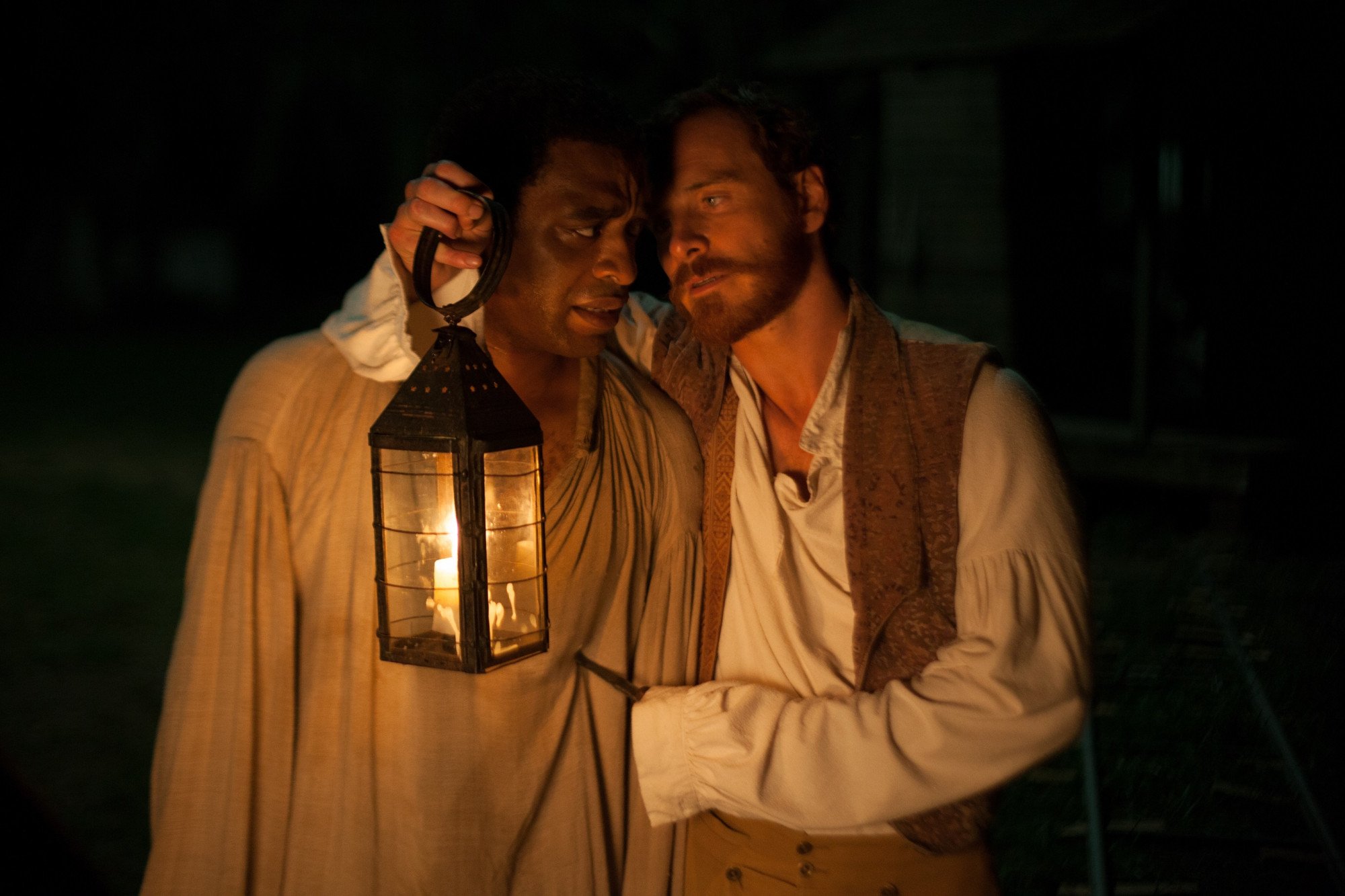
The most famous scene sees Patsey (Oscar-winner Lupita Nyong’o) whipped on the orders of her owner, and rapist, Epps (Fassbender).
Shot in just a few takes, with one camera, it’s an unforgettable scene, intimate and savage, with a furiously committed, career-making performance from Nyong’o.
“It was emotionally draining for everyone,” said cinematographer Sean Bobbitt, “but the idea was not to give the audience the chance to look away.” Instead, we’re forced to watch her agony up close, her face pressed tight to the corner of the screen, as her assailants swim in and out of focus behind.
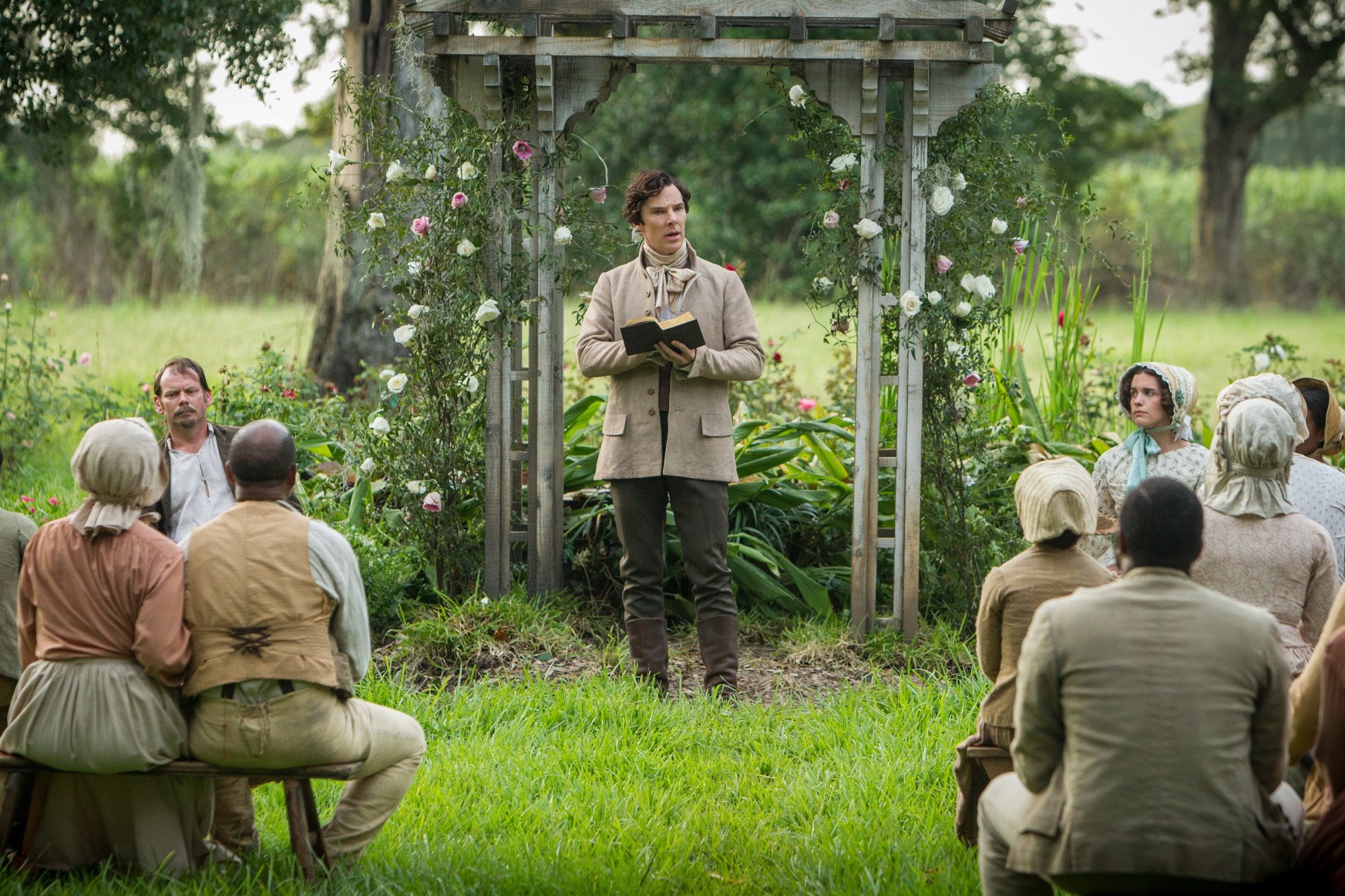
After these outrages, Northup seems to stare through the screen at us, as if to say, “How did you let this happen?” Eventually, he frees himself with the help of Bass (Pitt).
As far as anyone can tell, this really happened, but it still drew – ungrounded – accusations that the film was perpetuating the white saviour myth.
Ultimately Northup is saved by luck, his wits and his determination not to be broken.
Why African-Americans latched on to films like Bruce Lee’s Fist of Fury
“Days ago I was with my family, in my home,” he says at the start. “Now you tell me all is lost. ‘Tell no one who I really am’ if I want to survive – I don’t want to survive, I want to live!”
Beautifully acted, with strong technical specs, the film is, if anything, more remarkable as a political statement than a work of drama.
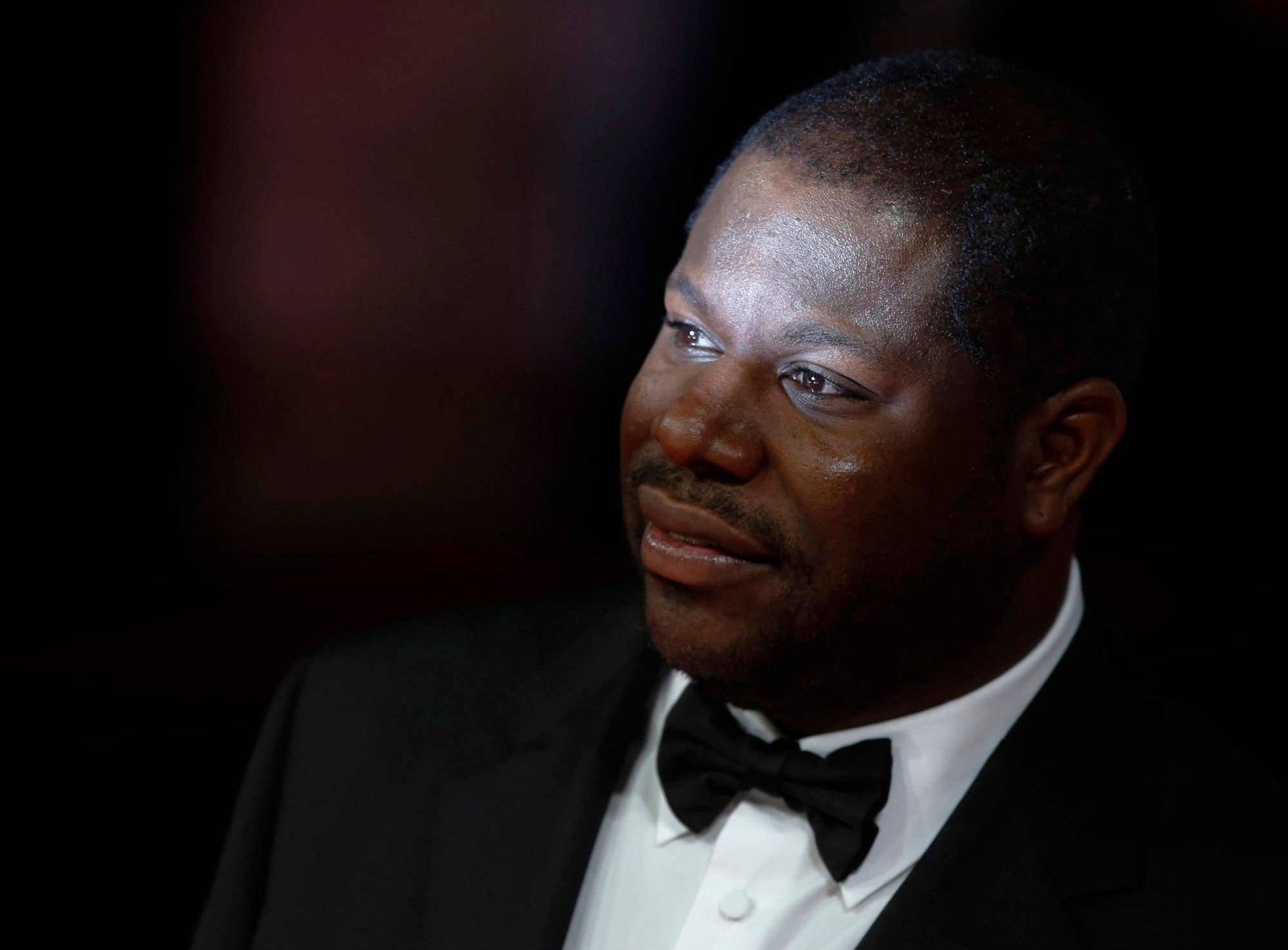
“There was a certain sense of non-responsibility, like it was something deep in the past,” said McQueen. “I wanted to hold people to account, to say, ‘Whoa, whoa, whoa, wait a minute – this happened here.’”

